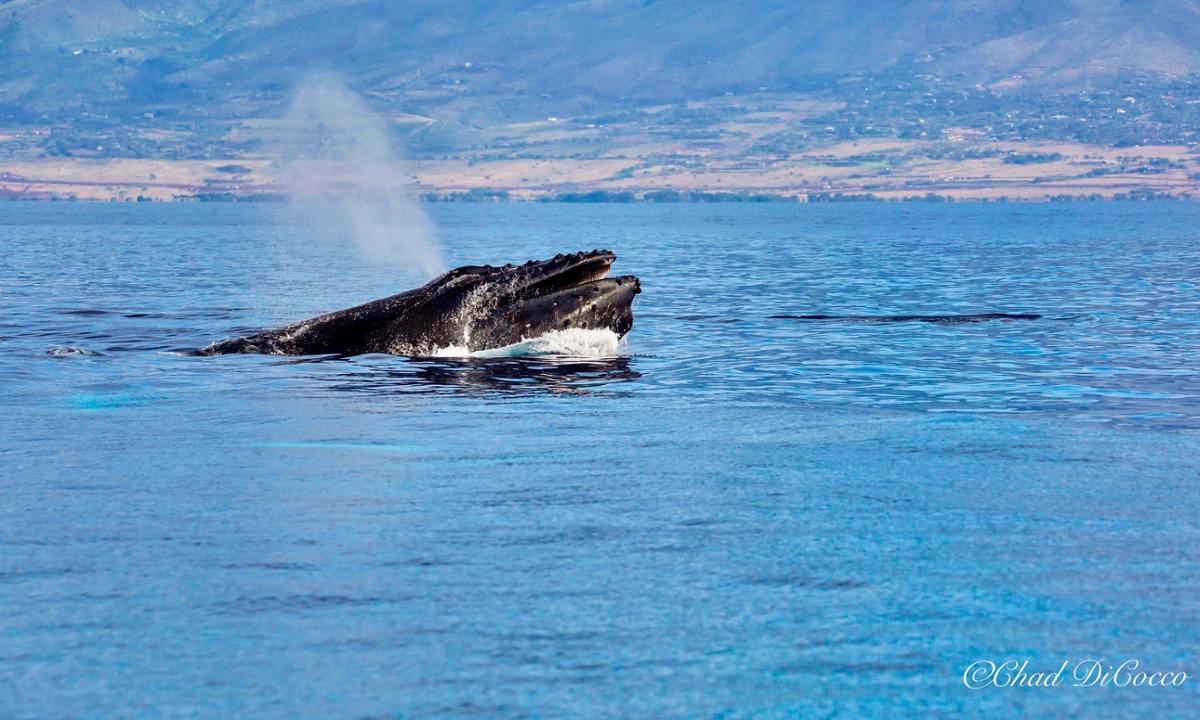Y: Drones can be pretty cool.
D: They’re used for everything from flying for fun to delivering packages …
Y: And collect bacteria from whales …
D: Right. Wait, what?
Y: Scientists at Macquarie University, in Australia, use drones to harvest bacteria from the vapors that come from the blowholes of whales.
D: That sounds crazy. How does it work?
Y: Well, they’ve fitted drones with petri dishes and GoPro cameras. When whales blow, the scientists fly the drones over and collect what they can in the dish.
D: Wow. Ok. But why use drones? Aren’t there simpler ways to do this?
Y: Actually, no. Scientists used to get bacteria samples from beached whales. That may have been easier, but beached whales are often sick, so the bacteria samples are compromised. The other way is to get on a boat and get close enough to whales to collect blow samples. But that can be dangerous.
D: OK, I get that. Another question: why collect bacteria from whales in the first place?
Y: Because studying bacteria can tell scientists a lot about whales. For one thing, bacteria from healthy whales allow the scientists to monitor health changes in whale populations.
D: That makes sense.
Y: And, collecting bacteria helps scientists learn more about whale biology. For example, the researchers found that the whales they studied had bacteria also found in other marine mammals, such as dolphins. But they also had bacteria normally found in fish.
D: Interesting. So, in any case, the point is that drones allow scientists to get close to whales in a way that they might not be able to otherwise.










